
Zhengying Village in Shiping County, Honghe
Overview
Zhengying Village (郑营村) is located in Baoxiu Town (宝秀镇) of Shiping County (石屏县), Honghe Prefecture (红河州), Yunnan Province, China. Positioned 2 kilometers south of the town government and approximately 10 kilometers from the county center, it boasts convenient transportation links. The village is bordered to the east by Lijiazha Village (李家寨村), to the south by Zhengjiashan foothills, to the west by Zhangxiangzhai Village (张向寨村), and to the north by Chiru Lake (赤瑞湖). Zhengying governs two natural villages, Zhengying and Zhangbenzhai, encompassing 12 village groups in total.
Nestled 10 kilometers southwest of Shiping County, Zhengying is celebrated for its picturesque landscapes, characterized by lush mountains and serene waters. The village is predominantly inhabited by the Zheng (郑), Wu (武), Chen (陈), and Li (李) families, each maintaining their ancestral halls. The village layout resembles a compact town, with three main streets and nine alleys, named after local surnames and geographical features. The streets are paved with stone slabs, and most houses are traditional courtyard-style, oriented north-south, showcasing local architectural characteristics. The well-preserved ancestral halls of the Chen and Zheng families serve as significant cultural landmarks.
Zhengying Village features a distinctive architectural style that integrates ancient pagoda-like grandeur, palace temple elegance, intricate pavilions, and tranquil classical gardens, creating a rich cultural heritage. On November 16, 1993, the Chen family ancestral hall was designated as a provincial-level cultural relic protection unit in Yunnan. In early 1999, Zhengying was recognized as the first and only provincial-level historical and cultural village in Yunnan, earning it the title “First Village in Yunnan.”
Historical Cultural Village
On January 19, 1999, Zhengying Village was honored as a provincial-level historical and cultural village by the Yunnan Provincial Committee and Government, becoming a shining pearl by Chiru Lake. With a history spanning over 600 years, the village is characterized by its surname and geography-named streets, and well-preserved traditional courtyards. There are a total of 403 courtyards in the village, with 28 remaining intact.
The village showcases notable buildings, including the grand Chen and Zheng ancestral halls, which feature exquisite wood carvings that reflect a high level of cultural artistry. Nestled amidst picturesque landscapes, the architecture of the village captures a unique historical and cultural essence.
Architectural Culture
Zhengying Village is characterized by traditional courtyard-style residences, with 190 houses predominantly oriented north-south. The prominent historical buildings include the Chen and Zheng ancestral halls, as well as various traditional residences.
Chen Family Ancestral Hall
- Established: 1925
- Area: 2,577 square meters
- Features: The hall is the most magnificent ancient structure in Zhengying, with an archway entrance and stone construction. Inside, visitors can find inscriptions from notable historical figures, adding to its cultural significance.
Zheng Family Ancestral Hall
Similar in grandeur to the Chen hall, it features intricate carvings and decorations, showcasing various creatures and designs that reflect local artistic traditions.
Sima Residence
- History: Originally built in the early Ming Dynasty but destroyed by fire, the current structure dates back to the Republic of China era.
- Architecture: It features a unique blend of traditional Chinese styles with Western influences.
Zhengying Primary School
- Established: 1912
- Area: 1,852.83 square meters
- Features: Recognized as a classical garden-style building, it promotes educational advancement and features beautiful landscaping.
Long Spring Pavilion (长春阁) and Jade Emperor Pavilion (玉皇阁)
- Established: 1929
- Location: 1,500 meters from Zhengying Village, nestled on the slopes of the Yunyun Mountain.
- Architecture: Both pavilions exhibit unique architectural styles and are adorned with statues and inscriptions, making them popular tourist destinations.
Recognition and Honors
Zhengying Village has received numerous accolades over the years, highlighting its cultural and ecological significance:
- December 2022: Zhangbenzhai natural village was recognized as a beautiful village under Yunnan’s rural revitalization project.
- September 2020: Included in the first batch of provincial-level forest villages in Yunnan.
- June 2016: Awarded the title of “National Ecological Cultural Village” by the China Ecological Culture Association.
- December 2012: Listed among the first batch of traditional villages in China.
- October 2008: Selected as one of the fourth batch of historical and cultural villages in China.
- October 2021: Included in the public list of civilized villages in Honghe Prefecture.
How to Get There
Zhengying Village is easily accessible by road from Shiping County. Visitors can take a taxi or local bus to reach Baoxiu Town, followed by a short drive to the village. The surrounding areas are well-connected, making it convenient for travelers.
Travel Tips
- Best Time to Visit: The ideal times to explore the village are during spring (March to May) and autumn (September to November) when the weather is mild and landscapes are particularly beautiful.
- Local Cuisine: Don’t miss trying local dishes that feature ingredients sourced from the surrounding landscapes, such as fresh vegetables and unique local herbs.
- Cultural Etiquette: Be respectful when visiting ancestral halls and residential areas, as they hold significant cultural importance for the local community.
- Photography: Capture the beautiful landscapes and unique architecture, but ensure you have permission before photographing people or private properties to respect local customs.
- Accommodation: Consider staying in nearby towns or guesthouses that offer a glimpse of local life, enhancing your cultural experience.
Zhengying Village’s rich cultural heritage and stunning architecture make it a compelling destination for those interested in history and local traditions.
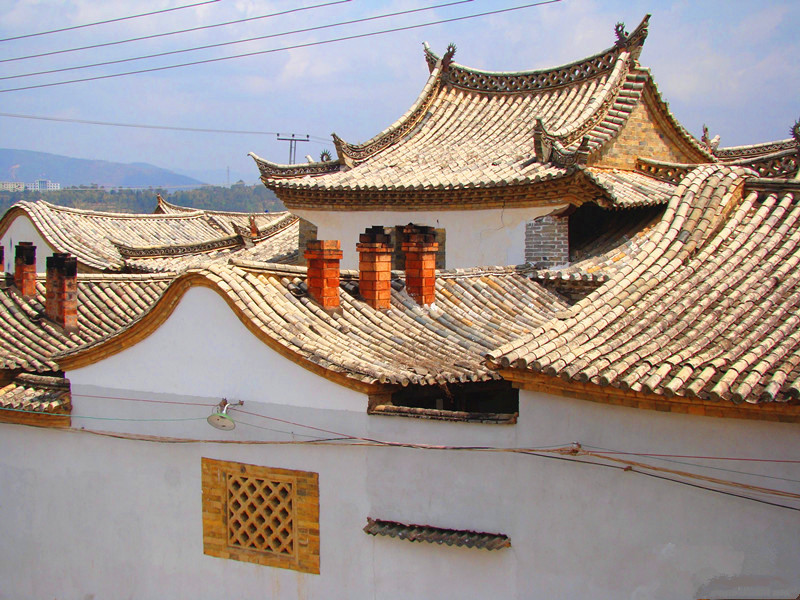
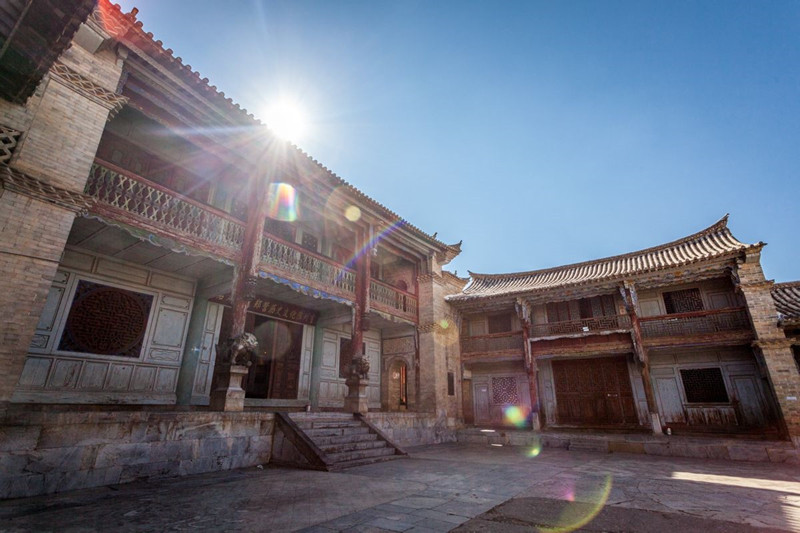
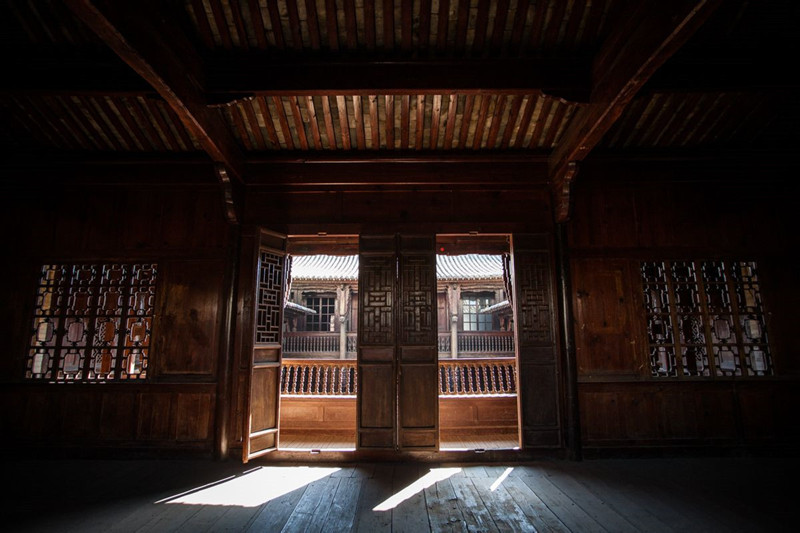

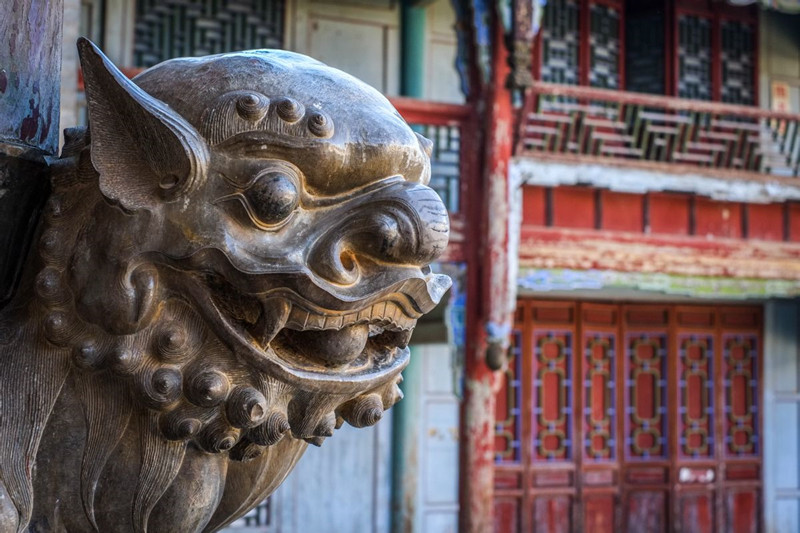
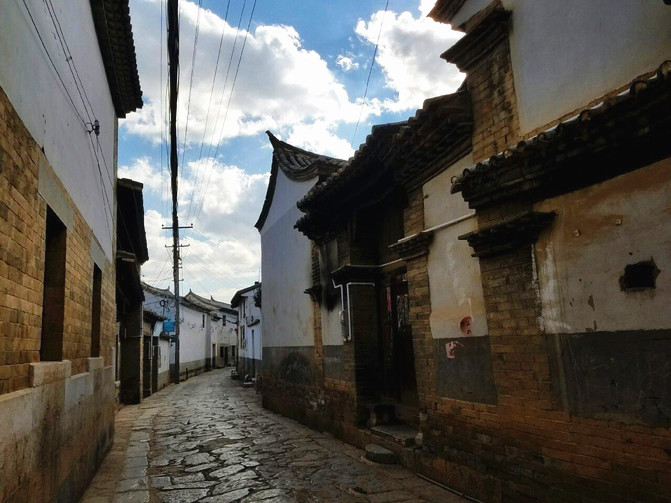

 7 Days GolfingTour
7 Days GolfingTour
 8 Days Group Tour
8 Days Group Tour
 8 Days Yunnan Tour
8 Days Yunnan Tour
 7 Days Shangri La Hiking
7 Days Shangri La Hiking
 11 Days Yunnan Tour
11 Days Yunnan Tour
 6 Days Yuanyang Terraces
6 Days Yuanyang Terraces
 11 Days Yunnan Tour
11 Days Yunnan Tour
 8 Days South Yunnan
8 Days South Yunnan
 7 Days Tea Tour
7 Days Tea Tour
 8 Days Muslim Tour
8 Days Muslim Tour
 12 Days Self-Driving
12 Days Self-Driving
 4 Days Haba Climbing
4 Days Haba Climbing
 Tiger Leaping Gorge
Tiger Leaping Gorge
 Stone Forest
Stone Forest
 Yunnan-Tibet
Yunnan-Tibet
 Hani Rice Terraces
Hani Rice Terraces
 Kunming
Kunming
 Lijiang
Lijiang
 Shangri-la
Shangri-la
 Dali
Dali
 XishuangBanna
XishuangBanna
 Honghe
Honghe
 Kunming
Kunming
 Lijiang
Lijiang
 Shangri-la
Shangri-la
 Yuanyang Rice Terraces
Yuanyang Rice Terraces
 Nujiang
Nujiang
 XishuangBanna
XishuangBanna
 Spring City Golf
Spring City Golf
 Snow Mountain Golf
Snow Mountain Golf
 Stone Mountain Golf
Stone Mountain Golf
















